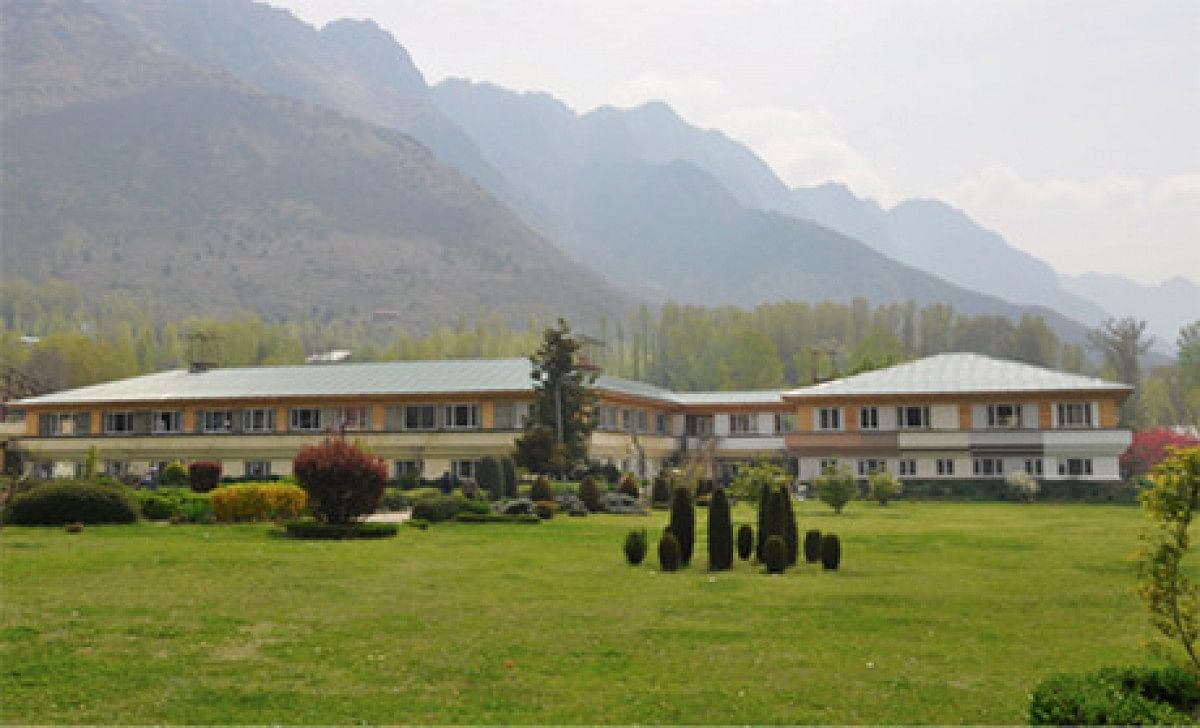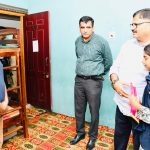Pulwama, Nov 19: A house and a granary in Sangerwani village of south Kashmir’s Pulwama district are reminiscences of the past tradition of Kashmir. The two-storey house belongs to Noor ud Din and his brother Mohammad Ismail who have been jointly living in it for the last many years.
What makes their house different from others and a point of attraction is its wooden rooftop set up in a traditional style.
Noor ud Din said his father constructed the house when he was 20. “At that time it was common in this village to make rooftops of houses from locally available wood,” he said, adding that as the village falls within the Shopian forest division they were using Pine (Qiru) or Fir (Budlo) for making rooftops.
He said it was just 25 years ago that people in this village started making houses following new architecture. “The rooftops of houses made from aluminum sheets are a recent phenomenon in this area,” Noor ud Din told Rising Kashmir.
Though other residents in Sangerwani turned to the new architecture, Noor ud Din was compelled by poverty to conserve this traditionally built house. He is a manual labourer and has a family of five to feed with meagre resources.
“The house and its wooden rooftop were in perfect shape for quite a long time but now it has started cracking,” he said.
Another structure that has a similar rooftop is a granary owned by Ghulam Nabi Gorsi. The 80-year-old said the granary was built by Haji Buland years before his birth. “This is around 100 years old,” he said, adding, “We used to store corn in it.” However, these days the family is using it to store green fodder for cattle.
G M Dar, an octogenarian from Pulwama, said that houses with wooden rooftops were a common feature of Kashmir till the late 19th century. “People belonging to the upper class would usually make the rooftops of their houses from wooden planks known as Singla Pash,” Dar said, adding that Burze Pash was made from barks of birch tree locally known as Burze Kul.
He said that soil was used to cover the gaps. “During summers, the rooftops would grow different varieties of flowering plants like linseed and tulip. Many historians have mentioned Singla Pash and Burze Pash in their travelogues,” Dar said, adding that these rooftops used to provide insulation in winter.







